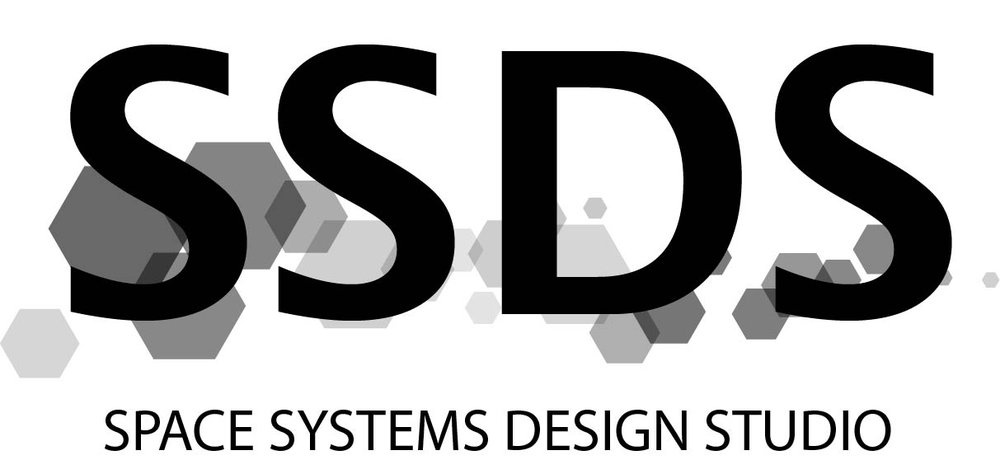Signals of Opportunity Navigation
About
To the outer solar system… and beyond!
We seek to use the readily available and naturally occurring space phenomena for spacecraft navigation. On Earth, a similar practice to this is known as Navigation using Signals of Opportunity. Applied to space, we call this Signals of Opportunity Navigation in Space (SONiS). At SSDS, we are dedicated to improving existing SONiS methods and developing novel navigation strategies for ‘untapped’ space phenomena.
Applications
Ringed Planets and Banded Atmospheres
Humankind’s curiosity and search for extra-terrestrial life is driving the future of space exploration to the Outer Solar System and beyond. Future spacecraft involved in such missions will encounter the Outer Planets more often than those of the past. The Outer Planets consist of Jupiter, Saturn, Uranus, and Neptune. Jupiter and Saturn have already played major roles in past space exploration efforts and both have moons with promising conditions for extra-terrestrial life.
We are applying existing SONiS and optical navigation methods for position information using Jupiter’s atmospheric bands. Similarly, this navigation approach can be applied to Saturn’s atmosphere or its rings. This technology may come in handy for planetary flybys about Jupiter/Saturn or life-searching missions to Titan or Enceladus.
Terminator-Based Navigation
Moons, planets, and even some asteroids resemble simple geometric objects such as a sphere or tri-axial ellipsoid. The illumination conditions on such objects are also simple and well-known. On such objects, the locus that separates the dark and illuminated portions of a planetary body is known as the terminator. We seek to apply existing SONiS and optical navigation methods to develop relative and inertial navigation solutions using a planetary body’s terminator.
